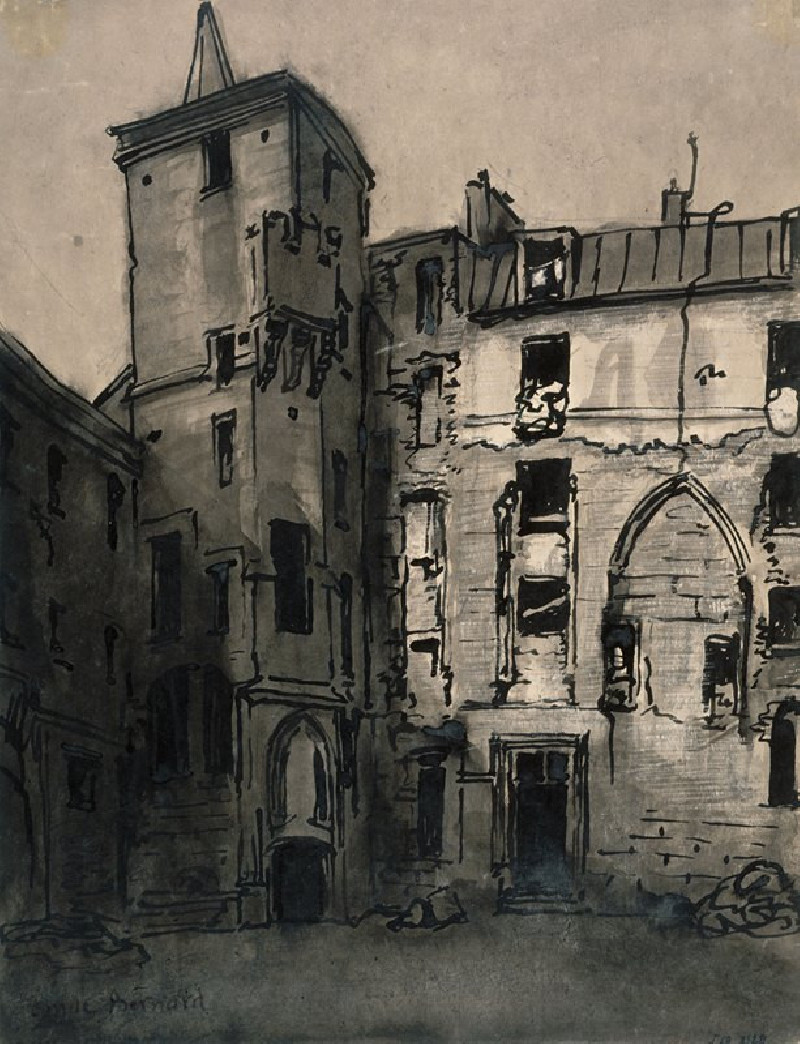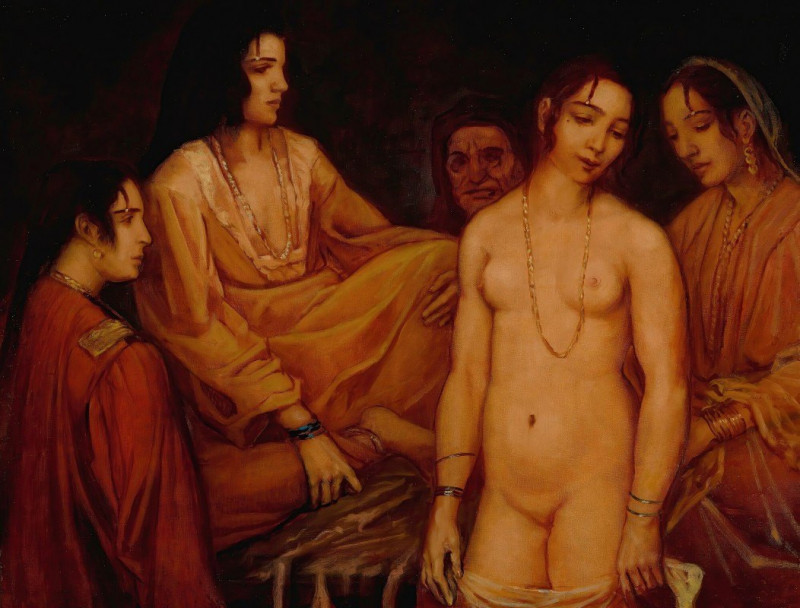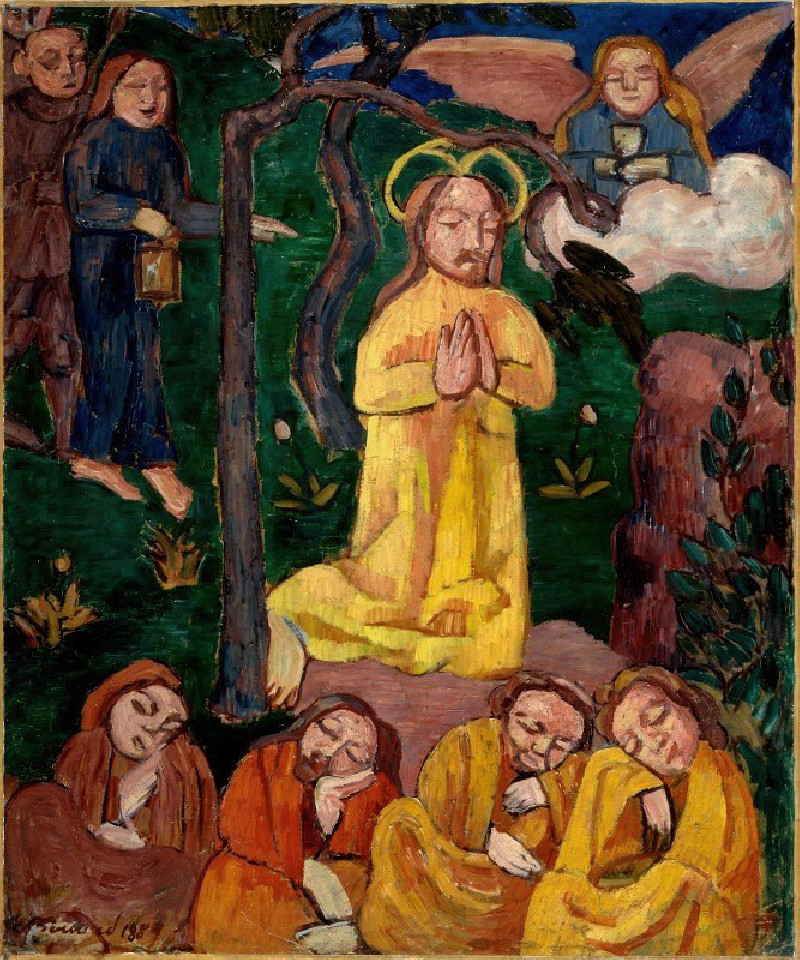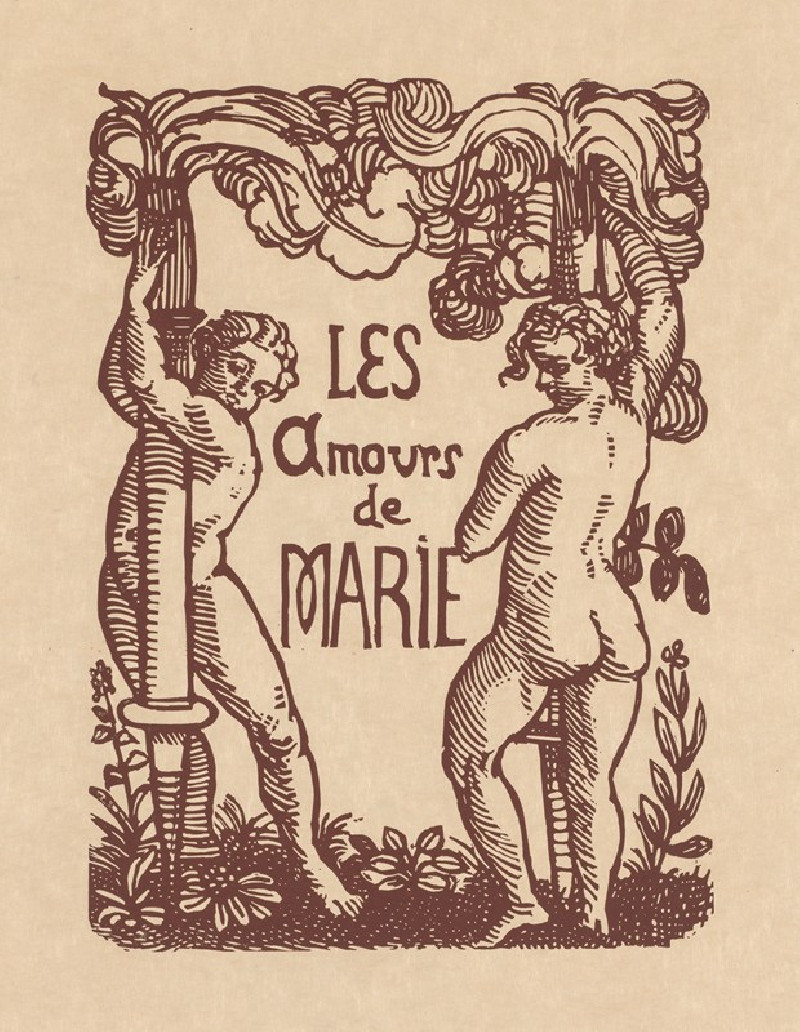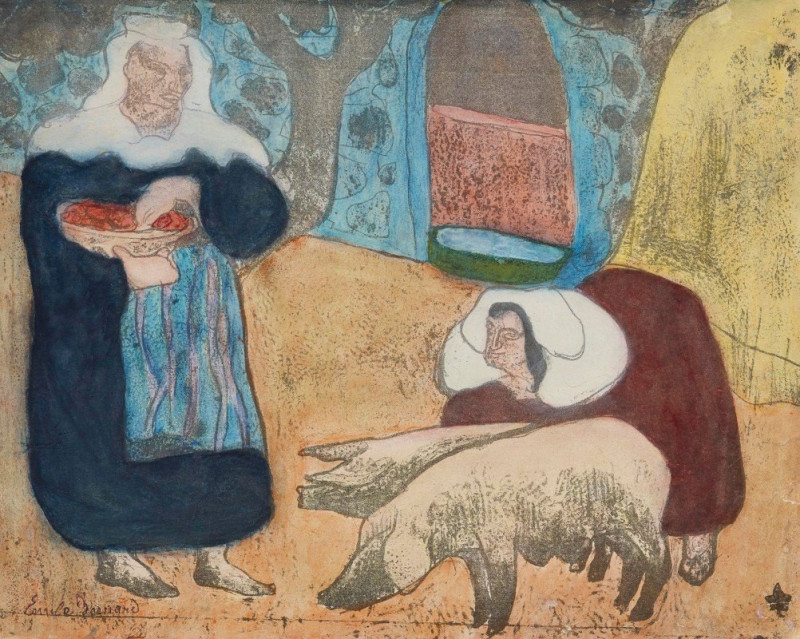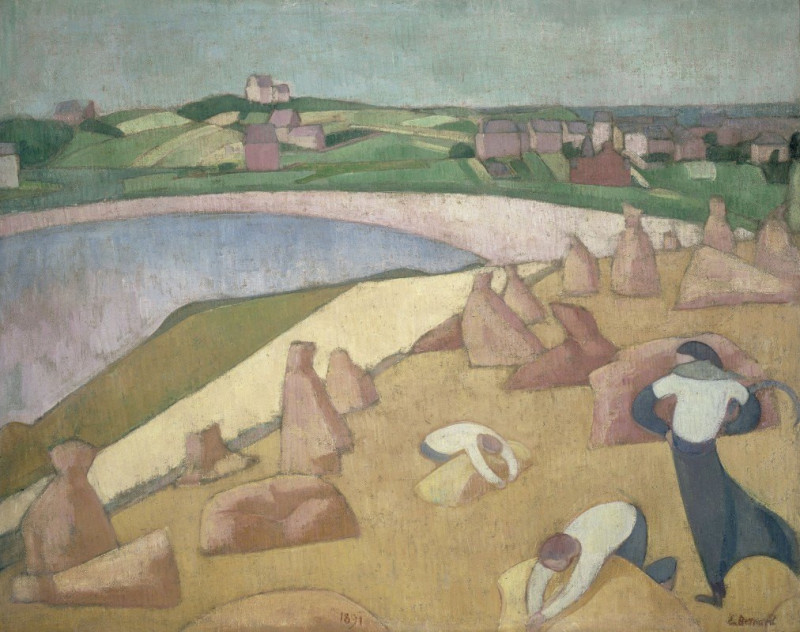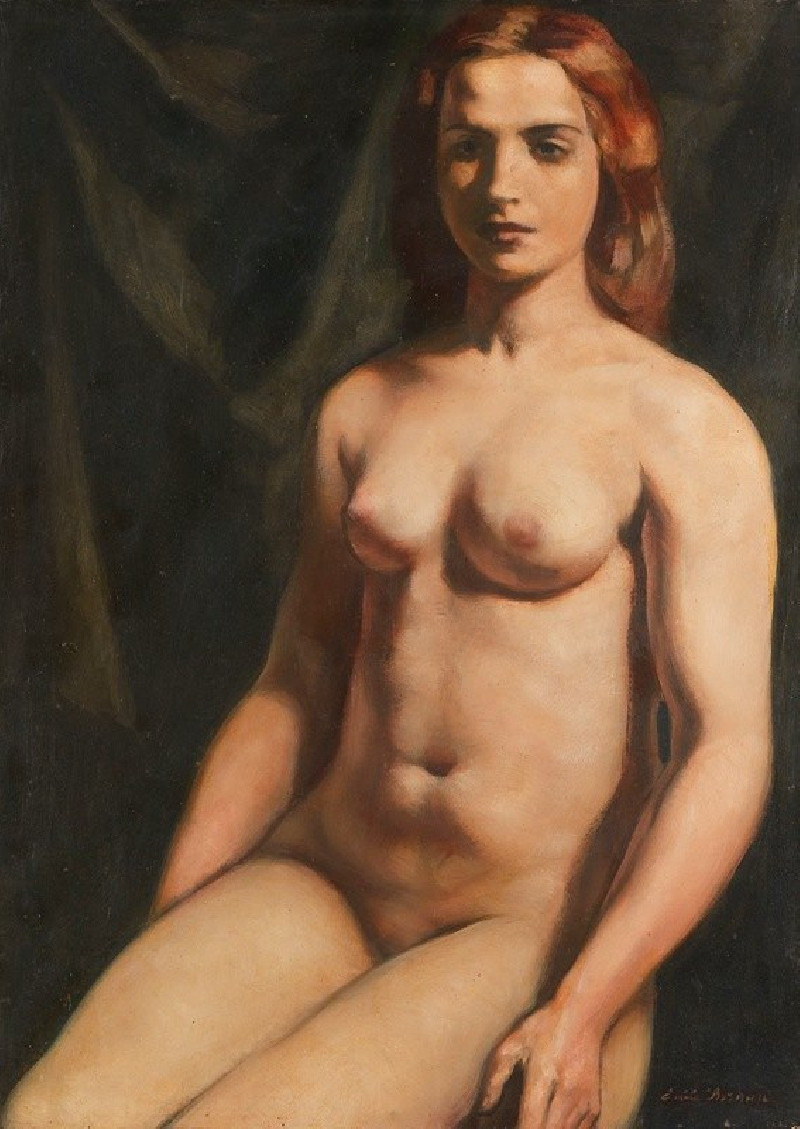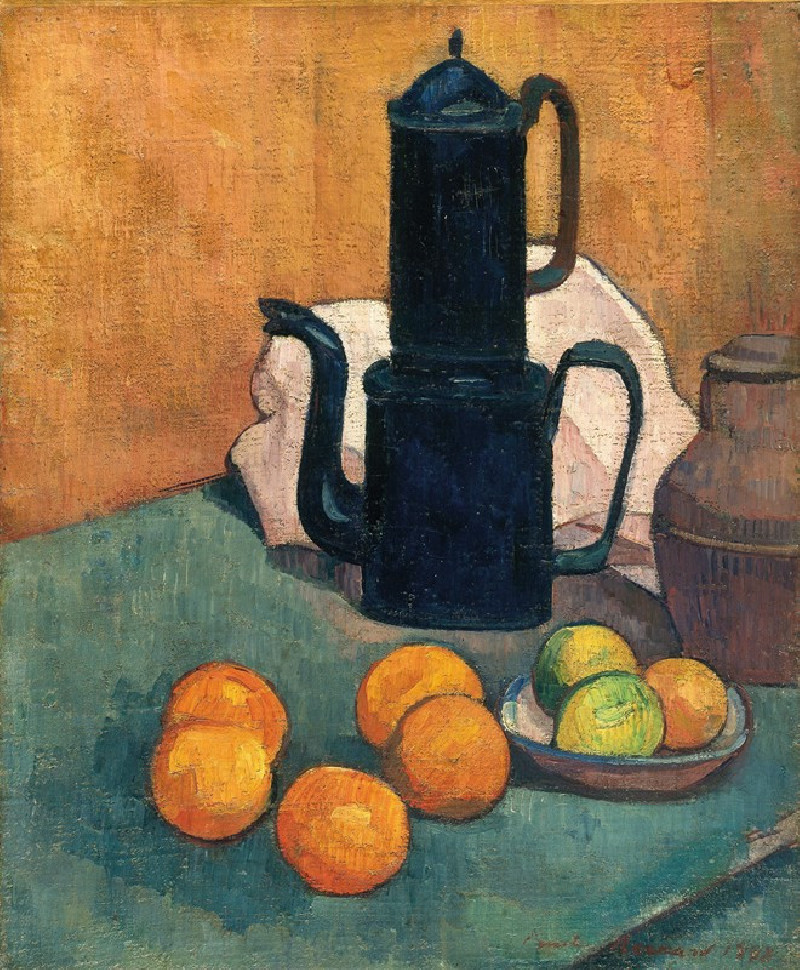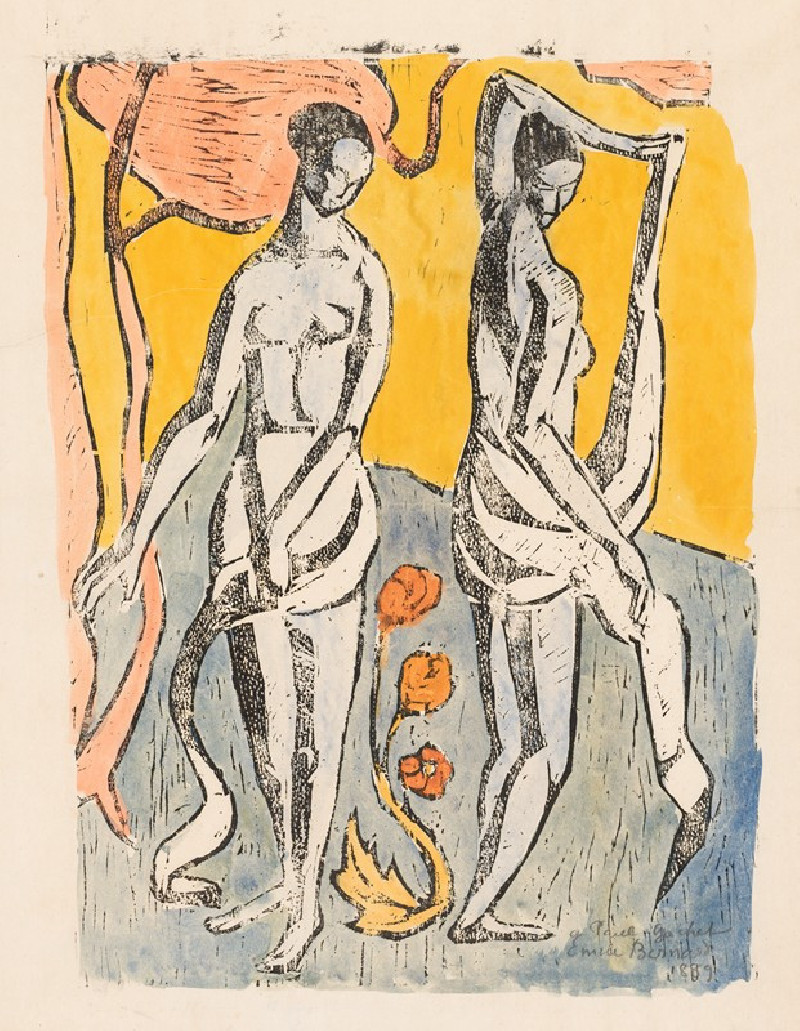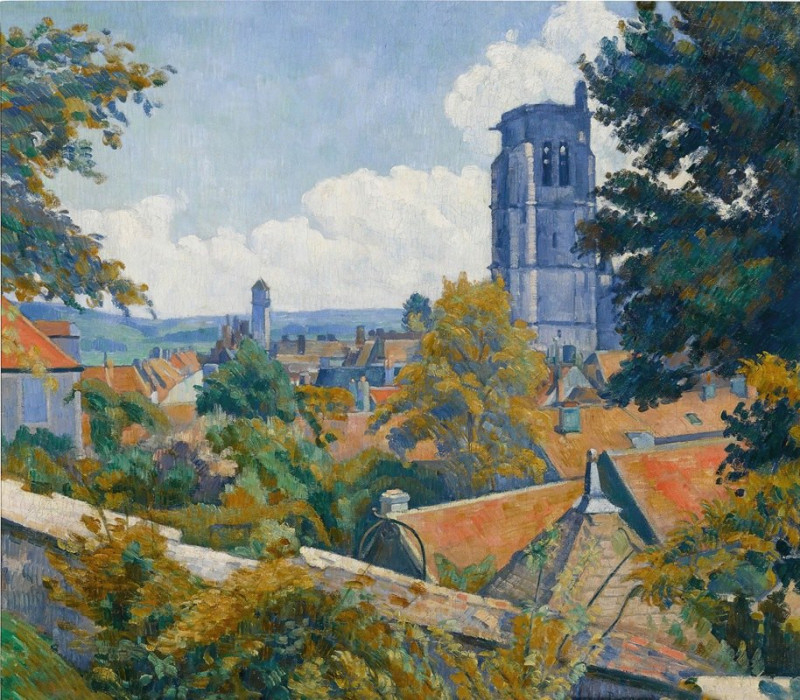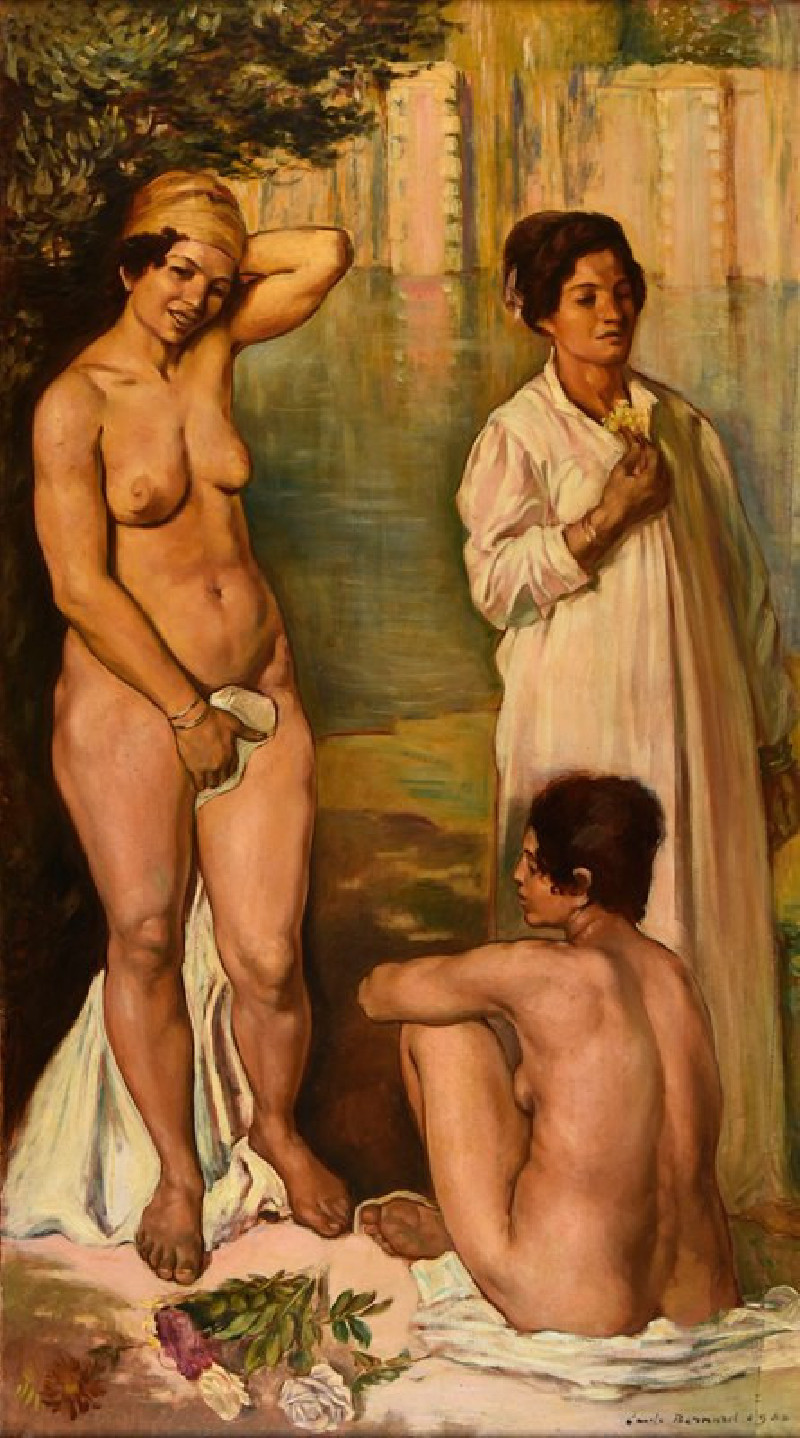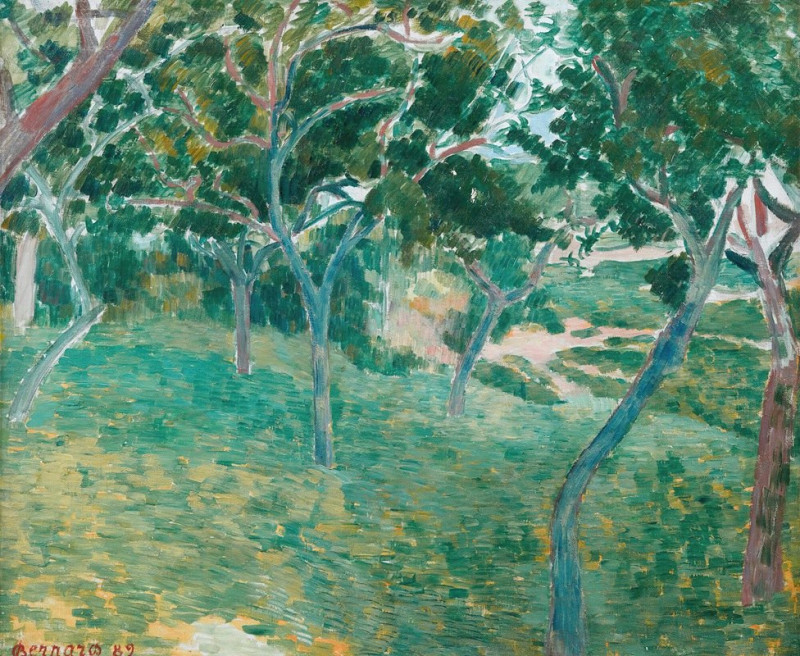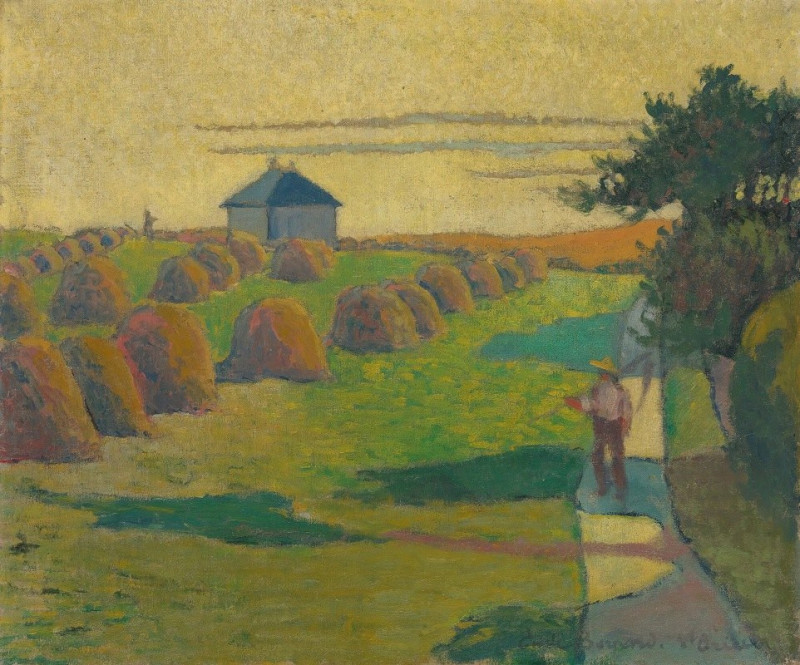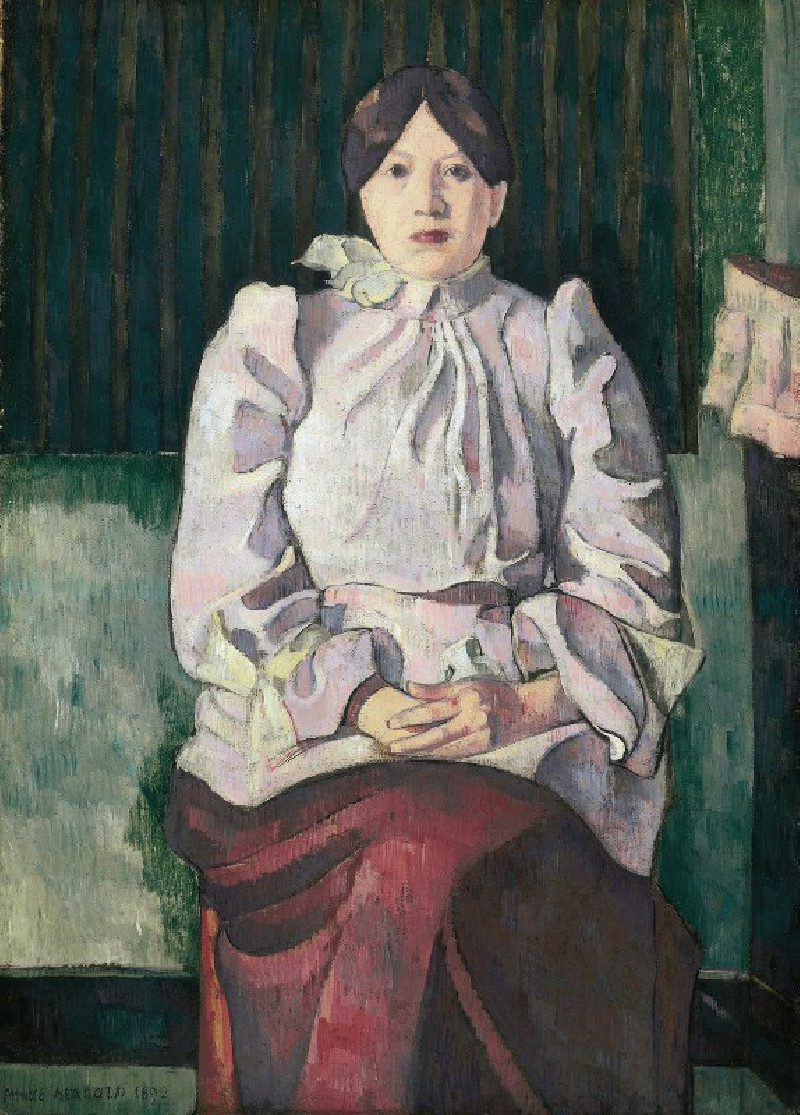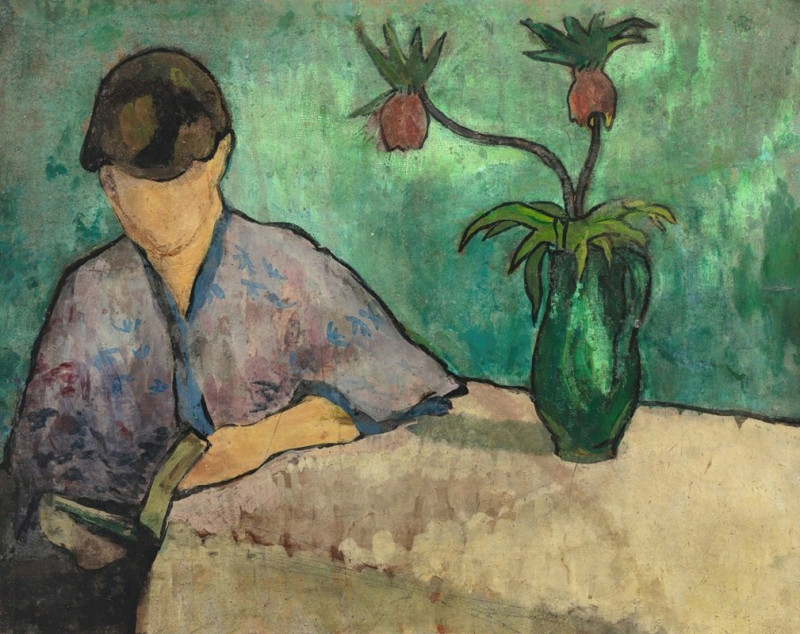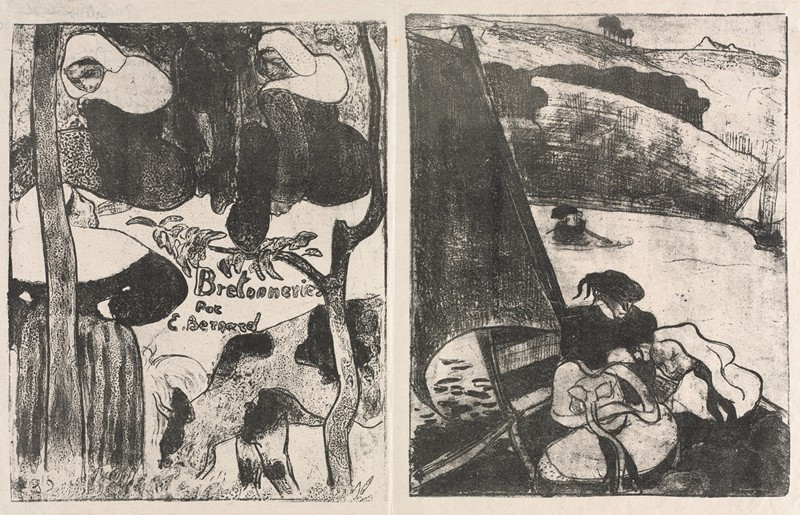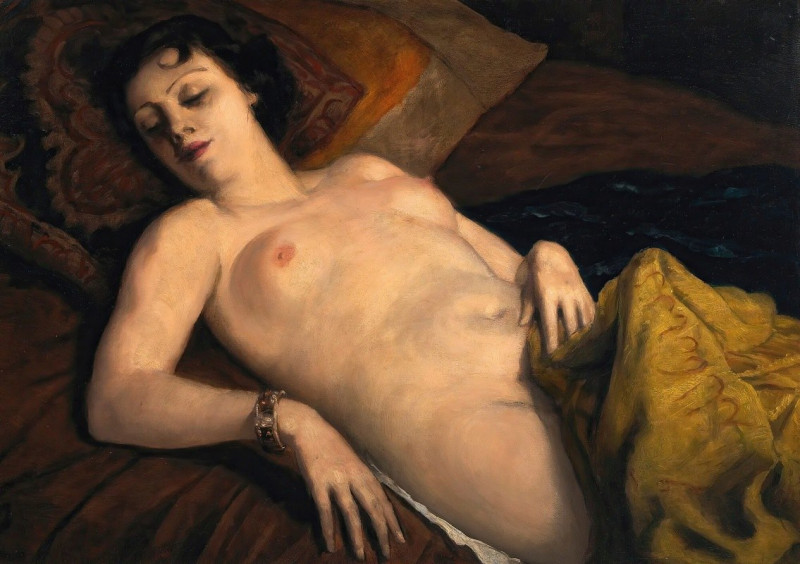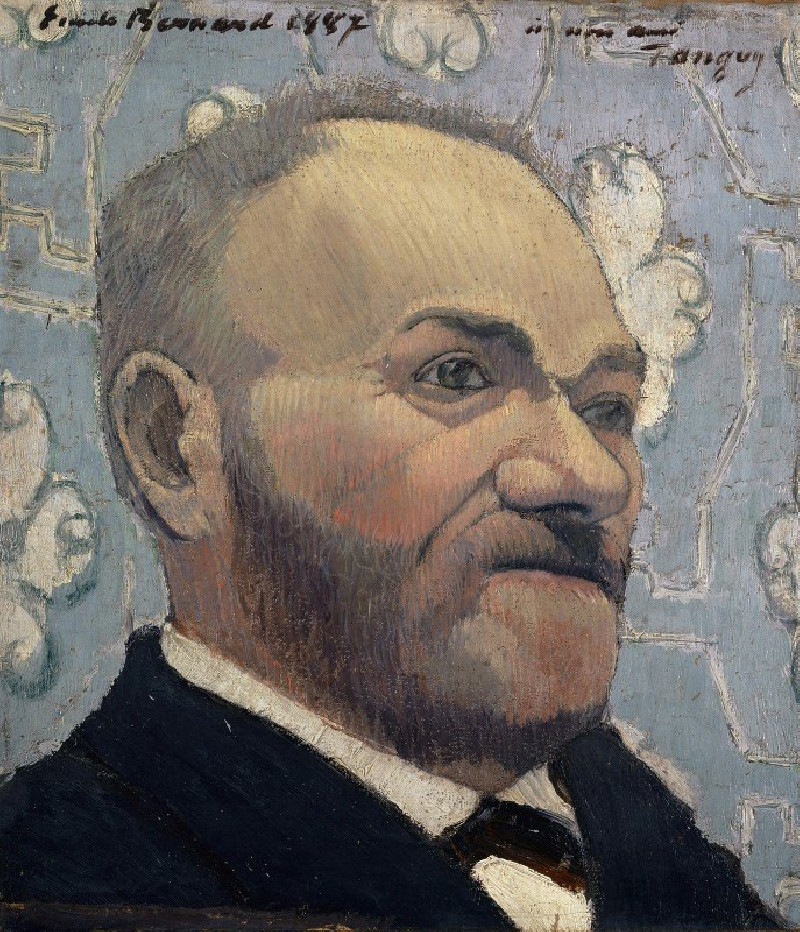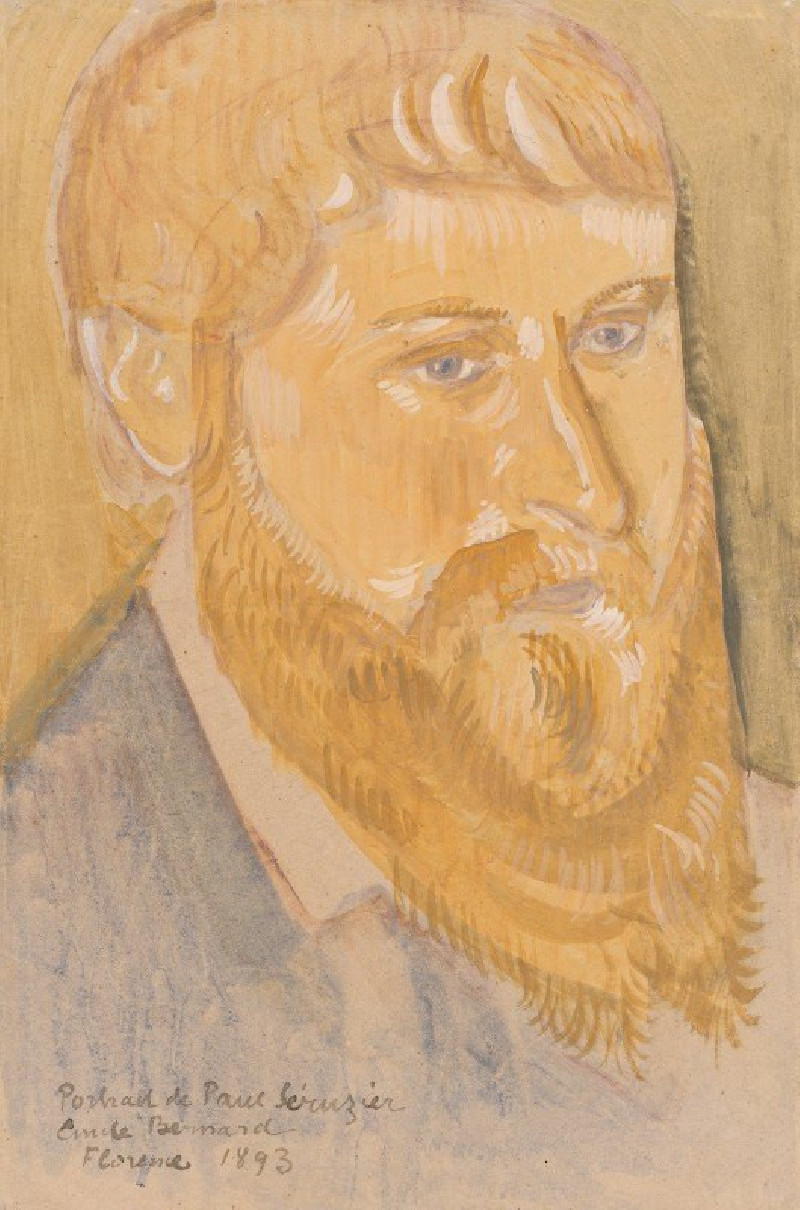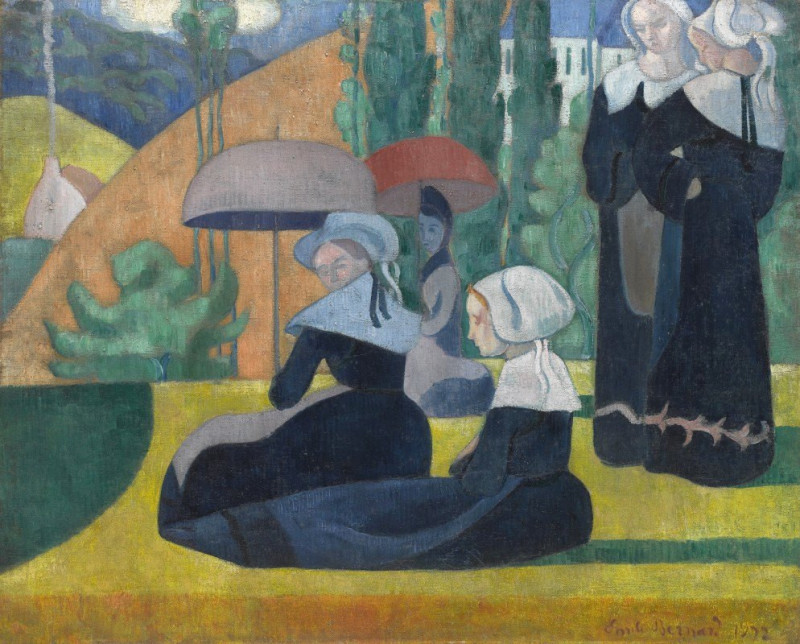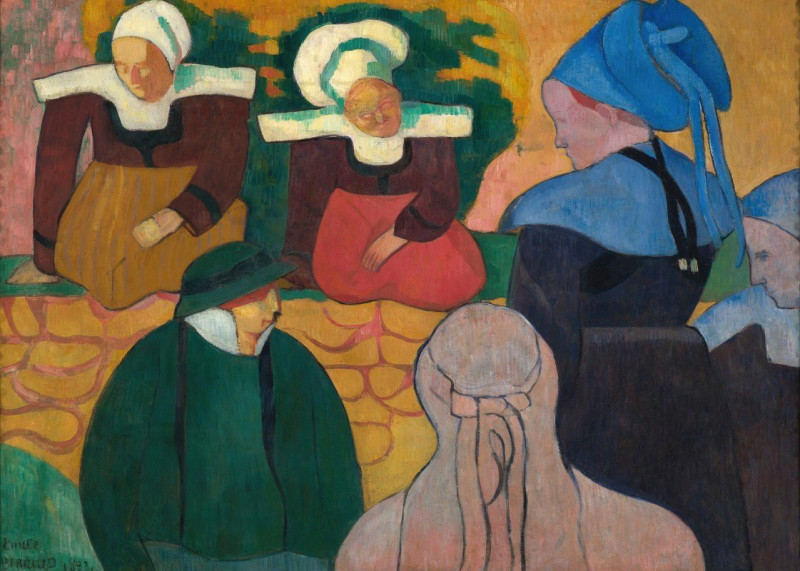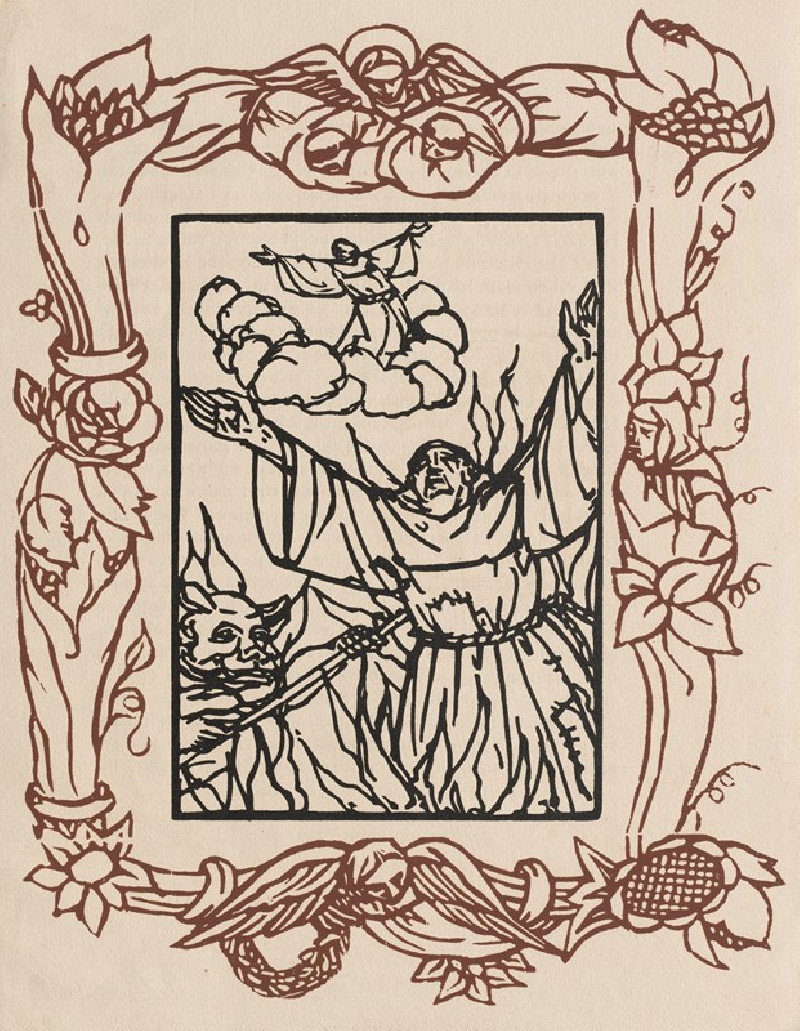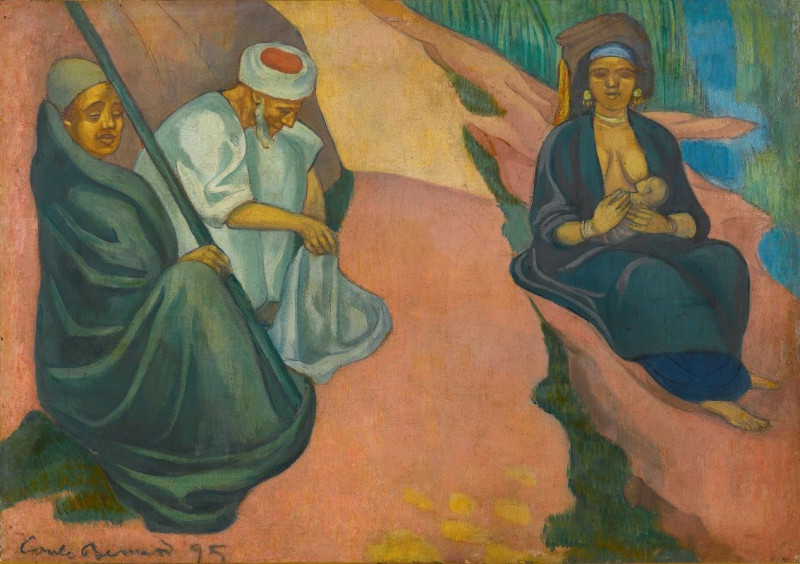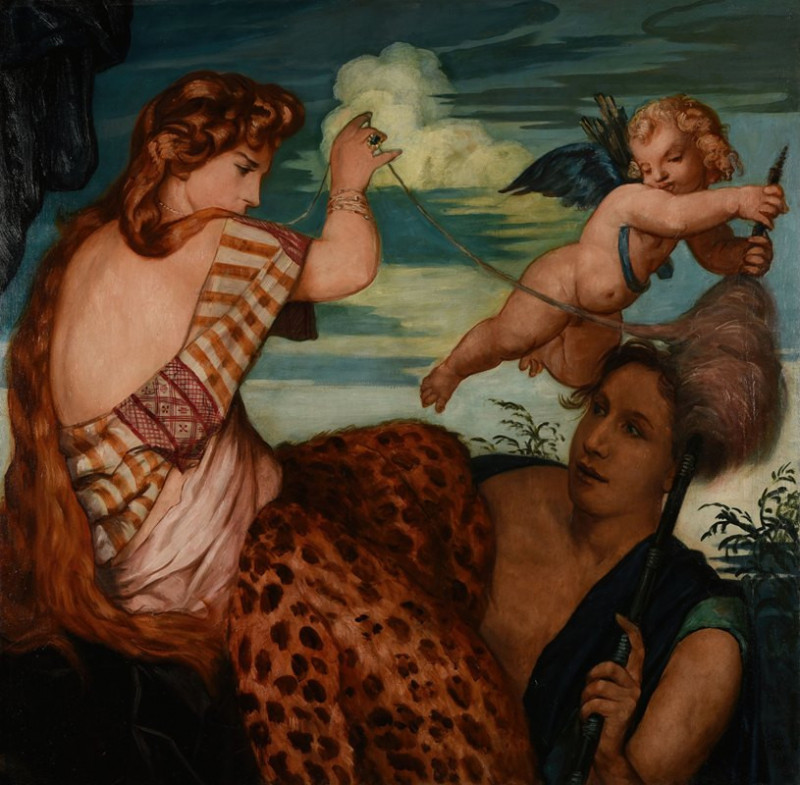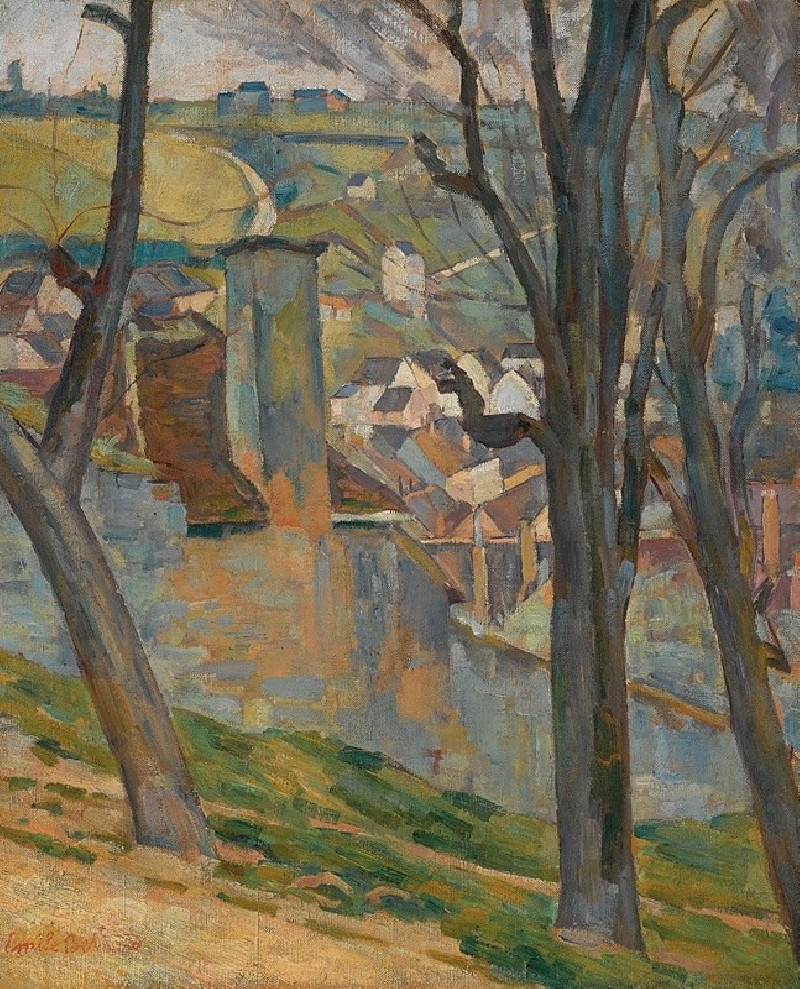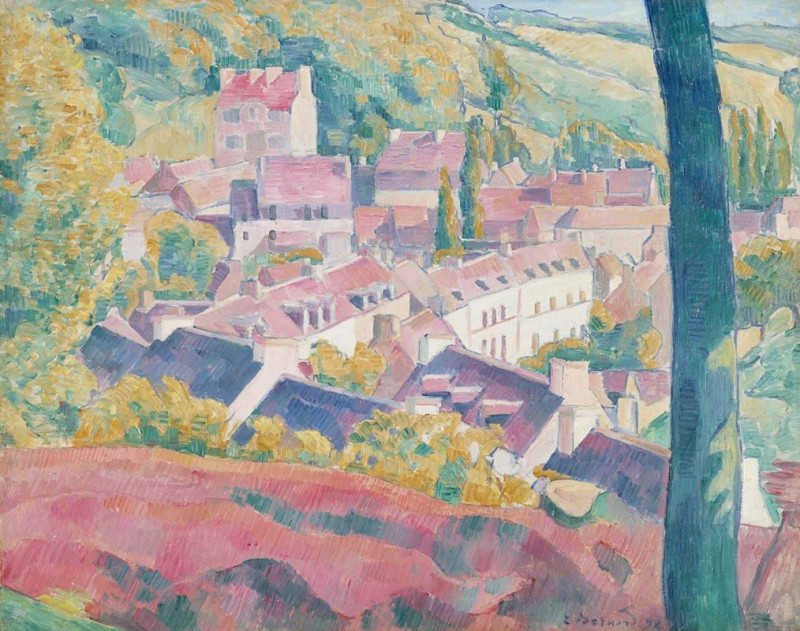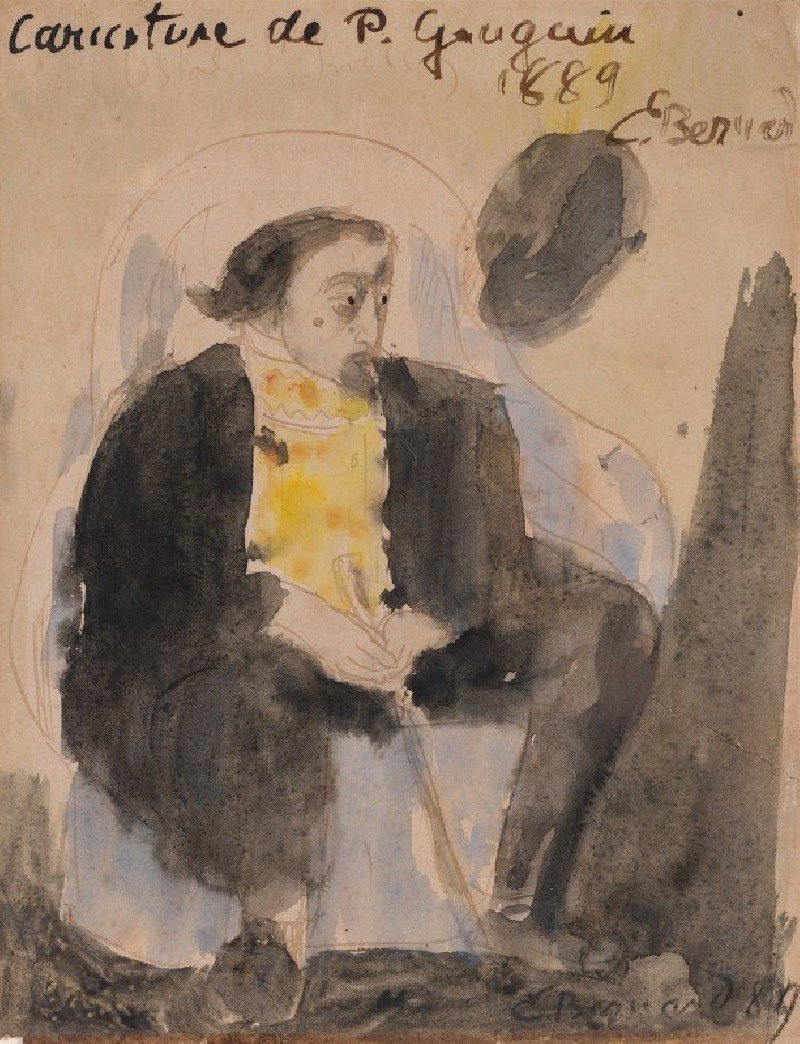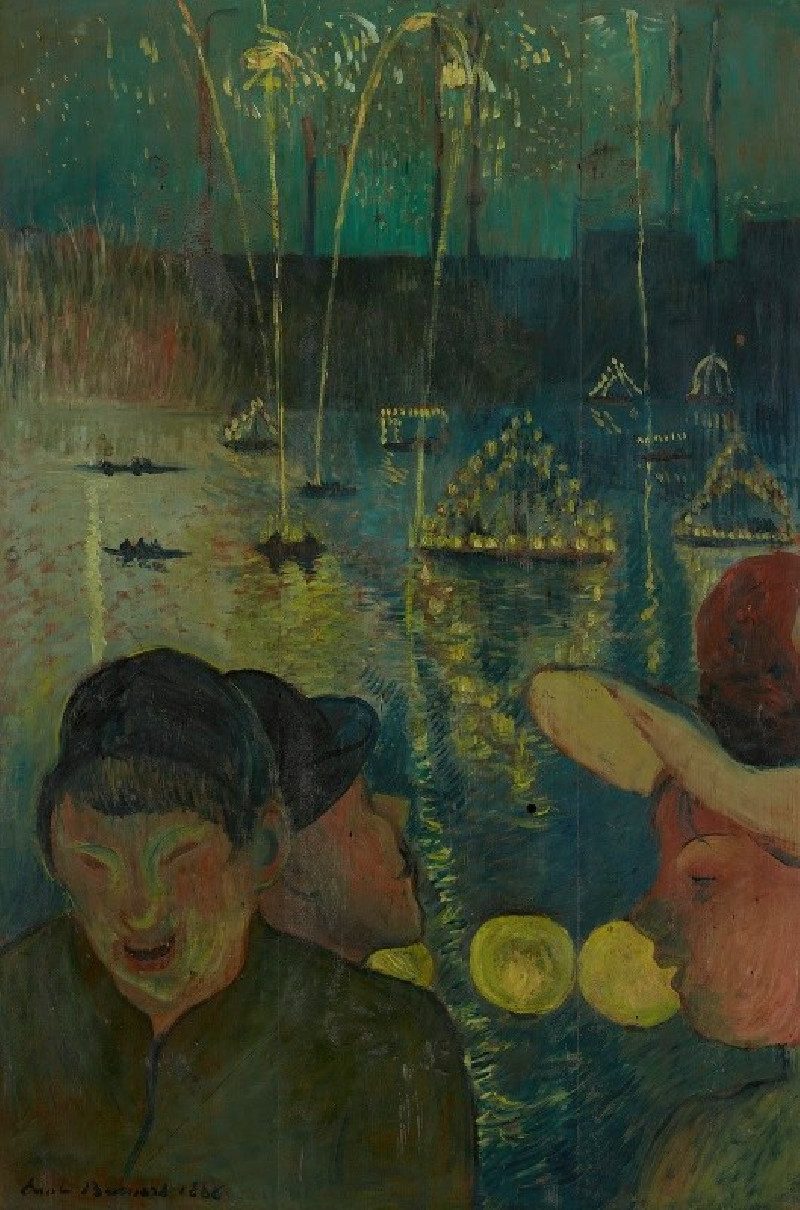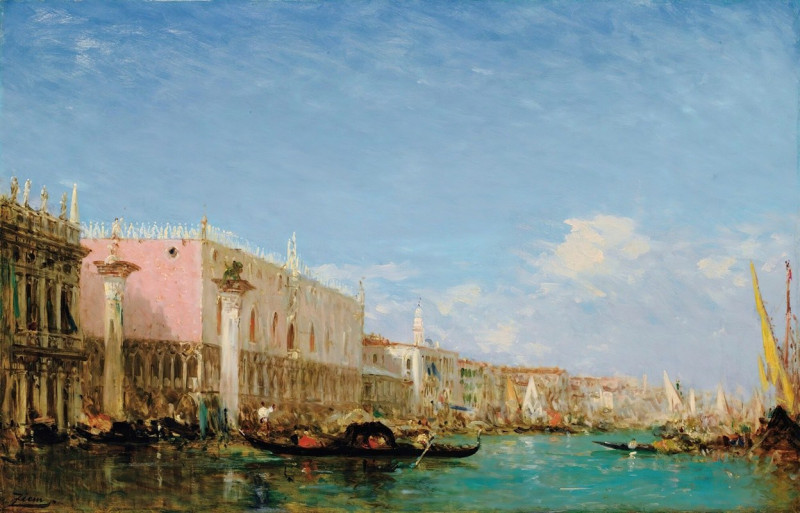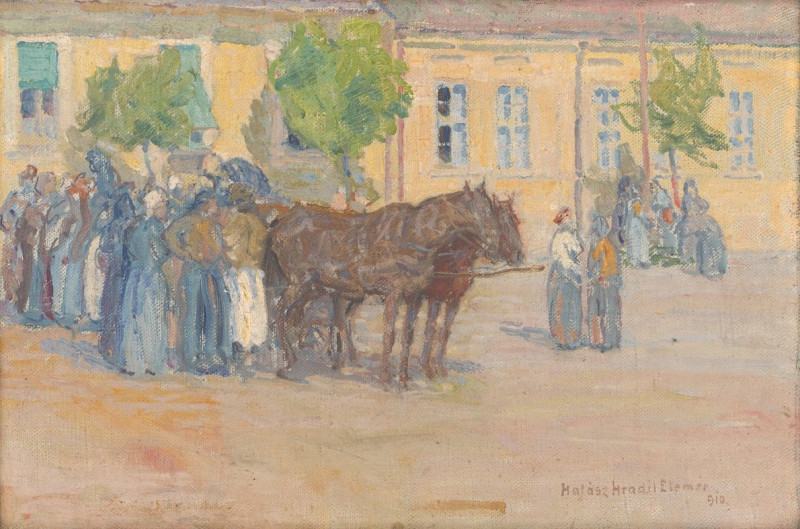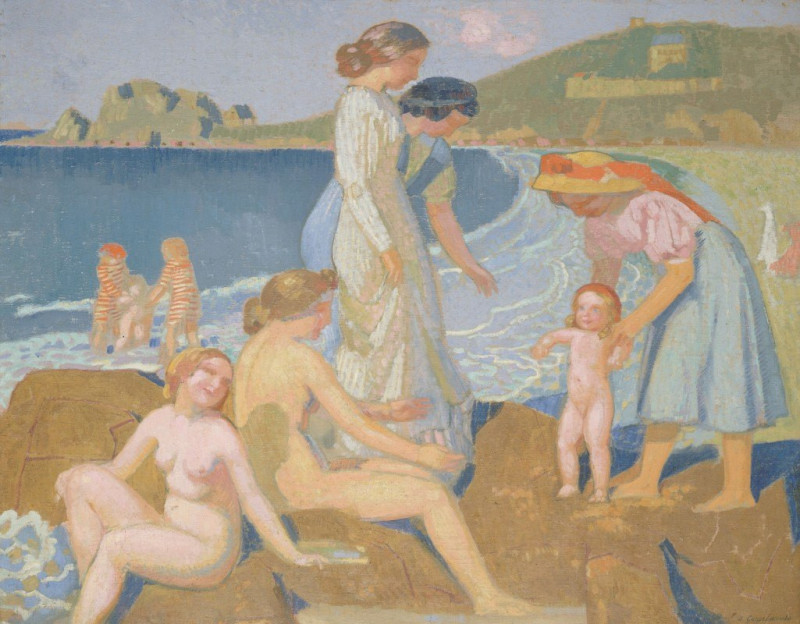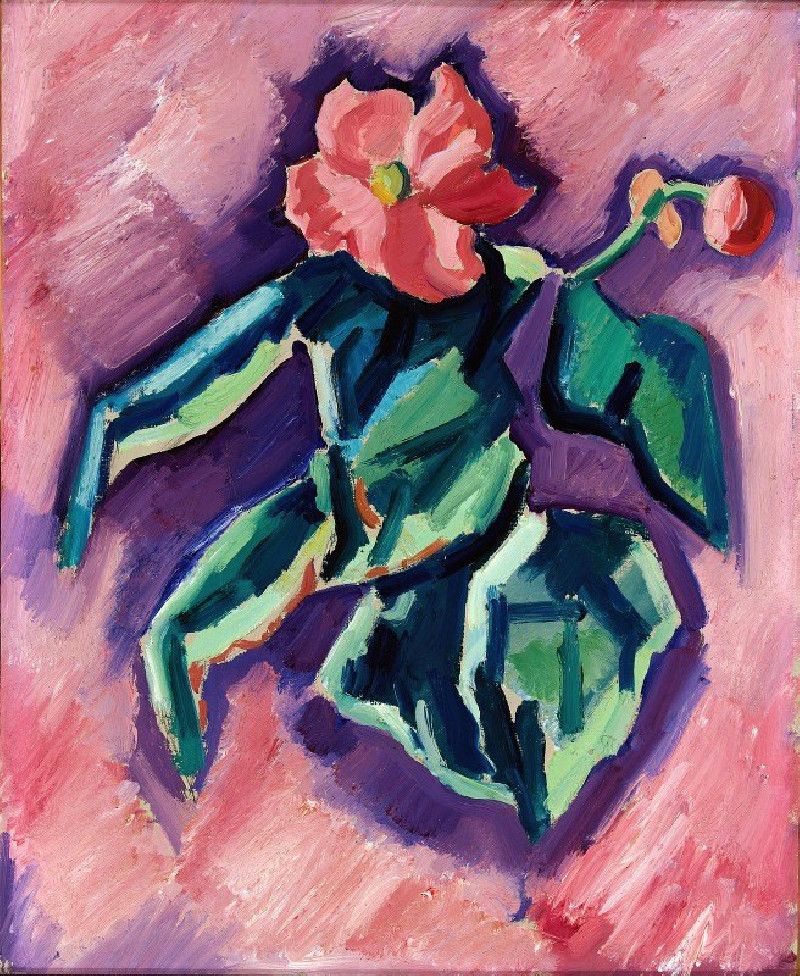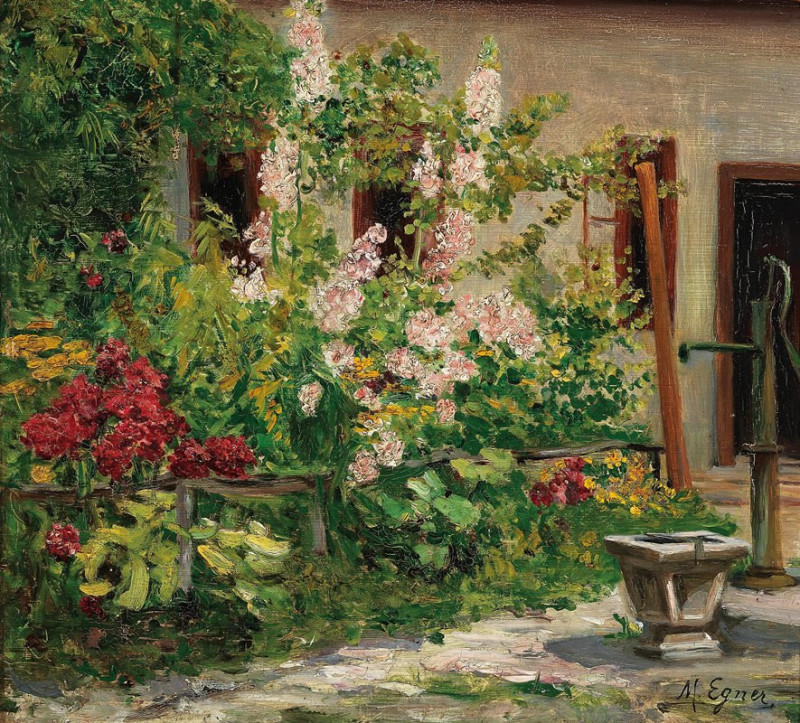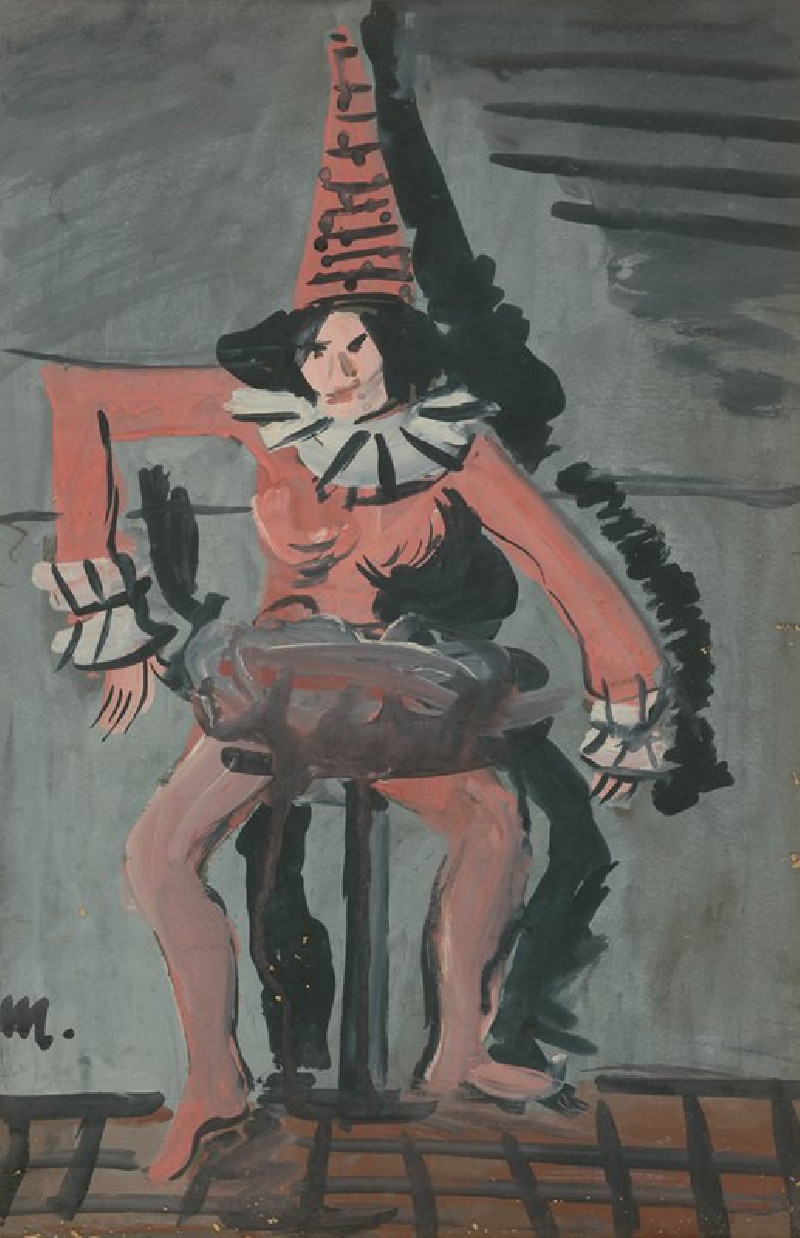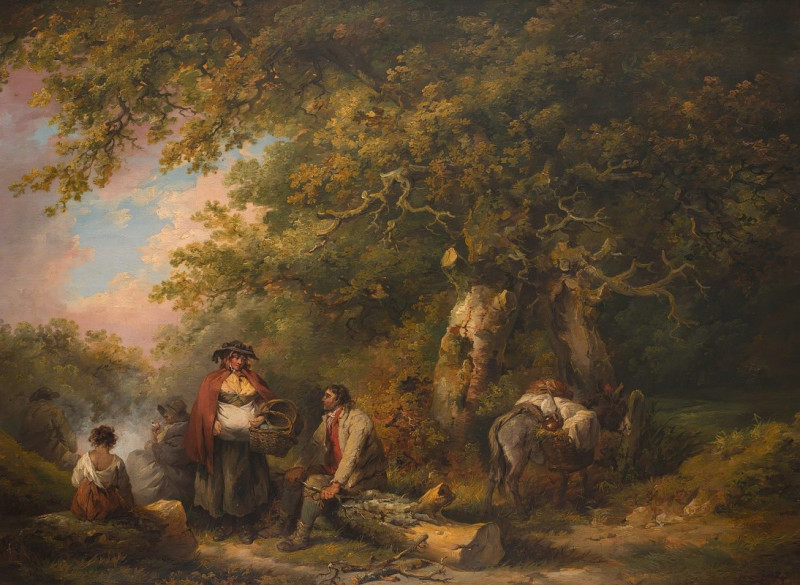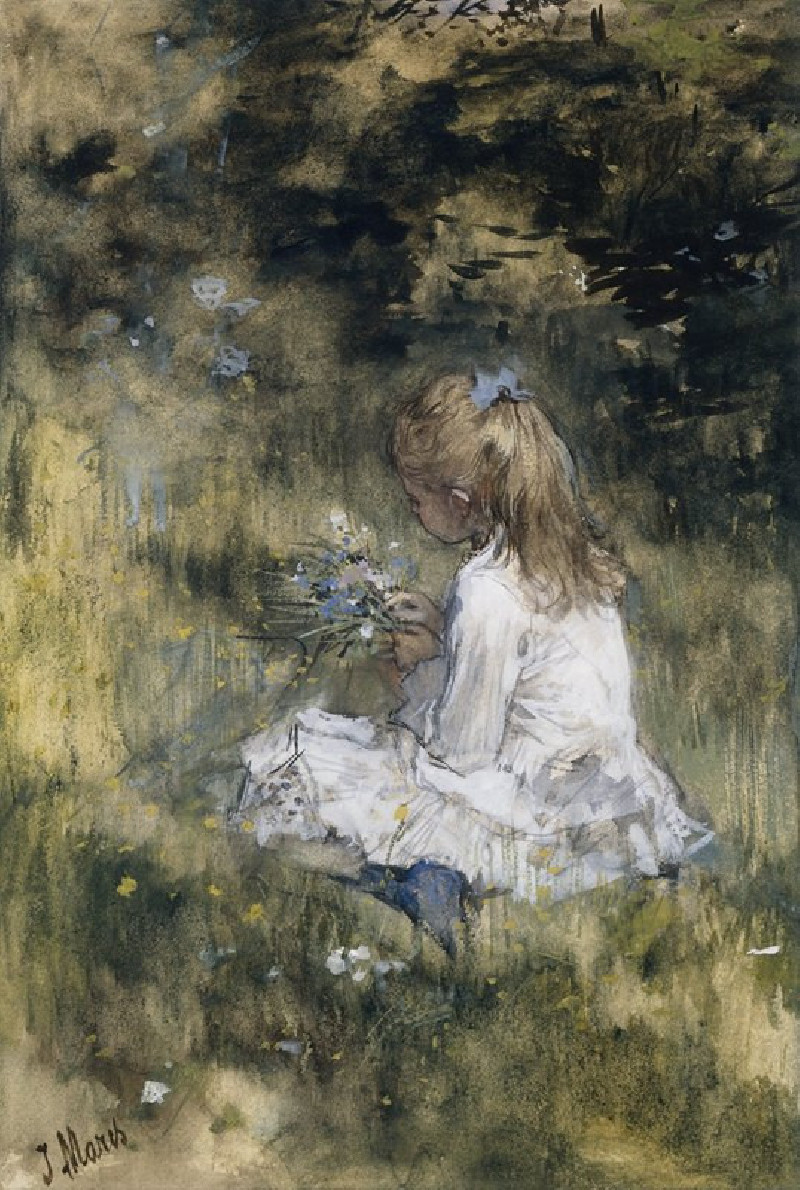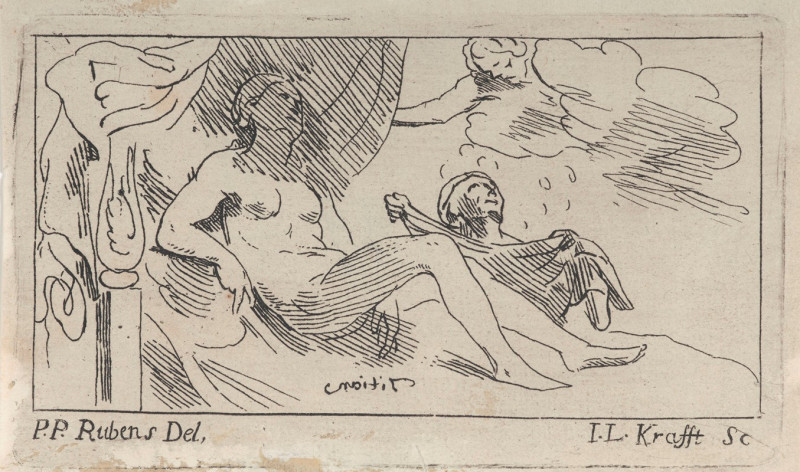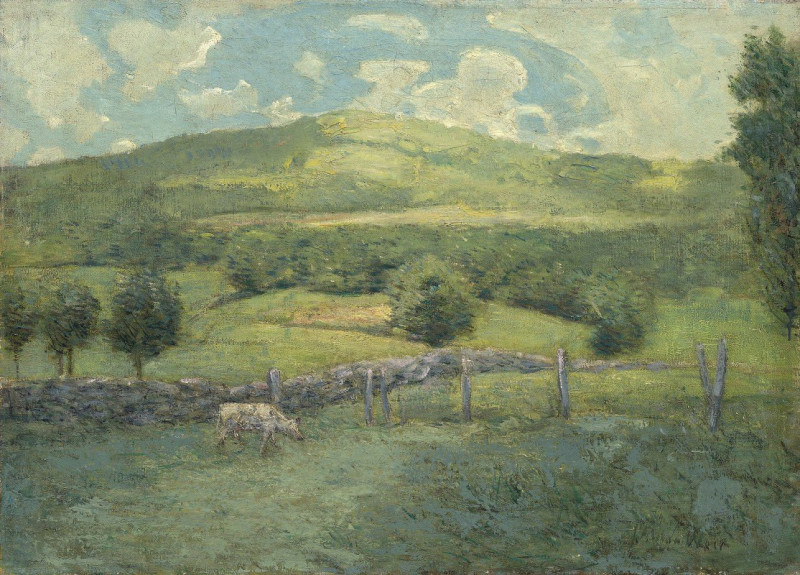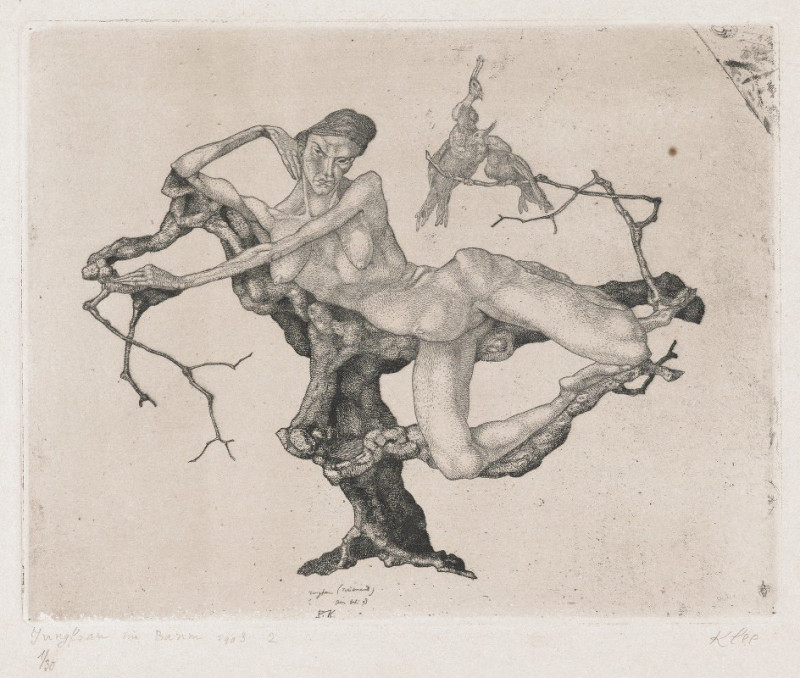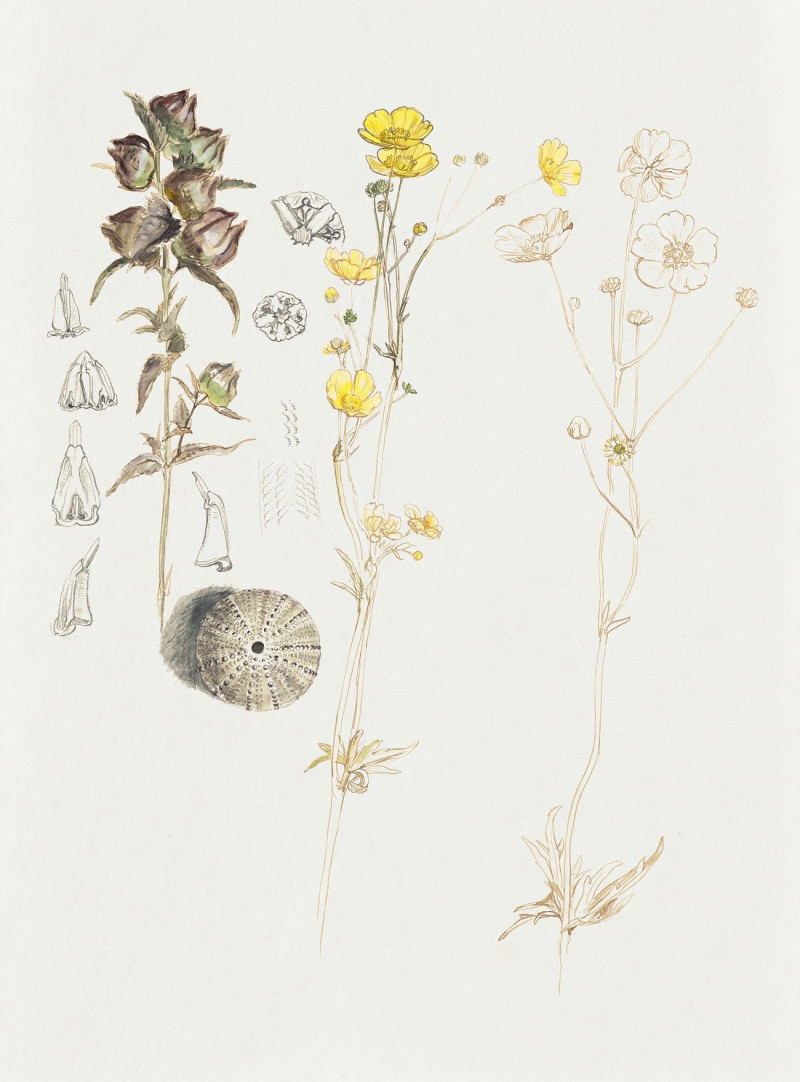La cour de l’hôtel de Sens
Technique: Giclée quality print
Recommended by our customers
More about this artwork
Emile Bernard's evocative painting, "La cour de l’hôtel de Sens," offers a captivating glimpse into the architectural and historical essence of the medieval Hotel de Sens, one of Paris's few remaining buildings from that period. The work beautifully captures the aged majesty of the structure, characterized by its robust towers, sharply pointed Gothic arches, and textured façades that speak volumes about the passage of time.Bernard's mastery in using muted tones and stark contrasts intensifies the solemn mood of the scene. The use of shadow and light expertly draws the viewer's eye to the intricate textures of the building's ancient stone and the wear it has suffered through centuries. The artwork not only portrays the physical attributes of the Hotel de Sens but also invokes the historical significance and the stories embedded within its walls.This painting is an exemplary piece that explores the themes of decay, history, and the permanence of structures amidst the fleeting nature of human endeavor.
Delivery
Returns
Émile Henri Bernard (28 April 1868 – 16 April 1941) was a French Post-Impressionist painter and writer, who had artistic friendships with Vincent van Gogh, Paul Gauguin and Eugène Boch, and at a later time, Paul Cézanne. Most of his notable work was accomplished at a young age, in the years 1886 through 1897. He is also associated with Cloisonnism and Synthetism, two late 19th-century art movements. Less known is Bernard's literary work, comprising plays, poetry, and art criticism as well as art historical statements that contain first-hand information on the crucial period of modern art to which Bernard had contributed.

